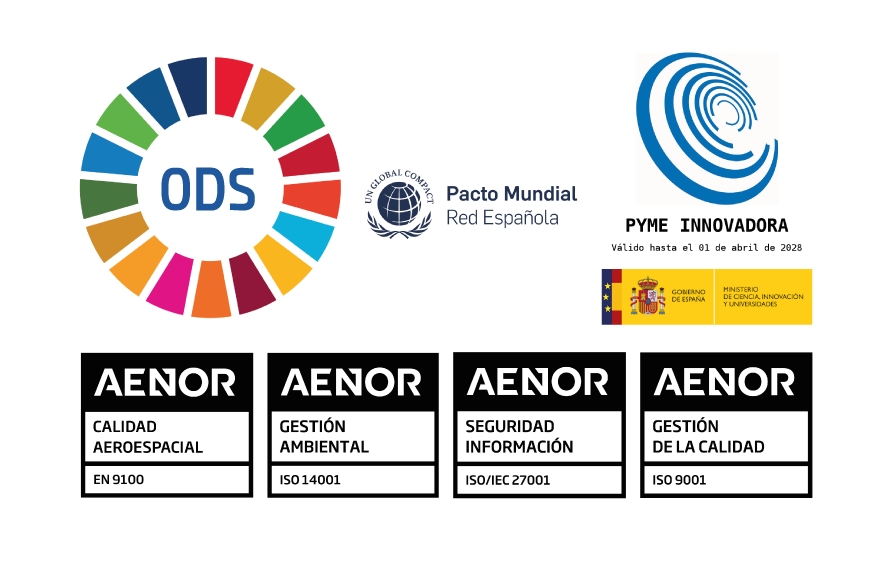Este sitio web utiliza cookies para que podamos brindarte la mejor experiencia de usuario posible. La información de las cookies se almacena en tu navegador y realiza funciones tales como reconocerte cuando regresas a nuestro sitio web y ayudar a nuestro equipo a comprender qué secciones del sitio web encuentras más interesantes y útiles.
Resumen Privacidad
Cookies técnicas necesarias
Permiten al usuario la navegación a través de una página web, plataforma o aplicación y la utilización de las diferentes opciones o servicios que en ella existan.
Si deshabilita esta cookie, no podremos guardar sus preferencias. Esto significa que cada vez que visite este sitio web deberá habilitar o deshabilitar las cookies nuevamente.
Cookies de terceros
Este sitio web utiliza Google Analytics y YouTube para recopilar información anónima, como el número de visitantes del sitio y las páginas más populares.
Mantener esta cookie habilitada nos ayuda a mejorar nuestro sitio web.
¡Habilite primero las cookies estrictamente necesarias para que podamos guardar sus preferencias!
Política de Cookies
Más información sobre nuestra Política de cookies

 Make your customer the hearth of the process. Market trends and customer needs are changing. Define your goal starting from your market/customer requirements and then design the transformation roadmap
Make your customer the hearth of the process. Market trends and customer needs are changing. Define your goal starting from your market/customer requirements and then design the transformation roadmap



